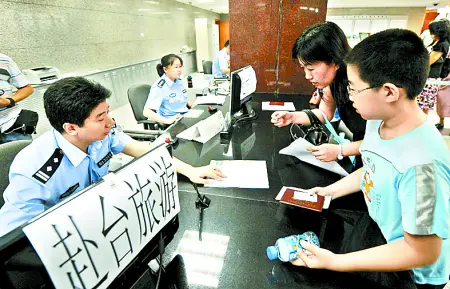South Korea's economic growth fell to a three-year low last year, which is expected to drive the central bank into action amid the widely anticipated stimulus package under the new administration of President Park Geun-hye.
Real gross domestic product (GDP), the broadest measure of economic performance, grew at an annual rate of 2 percent in 2012 after rising 3.7 percent in the prior year, the Bank of Korea (BOK) said in a statement on Tuesday.
The figure was the lowest since 2009 when the Asia's No. 4 economy grew 0.3 percent amid the global economic recession stemming from the Lehman Brothers collapse. The BOK set its 2013 growth outlook at 2.8 percent.
The low growth could boost expectations for the additional rate cut at the April monetary policy meeting as BOK Governor Kim Choong-soo repeatedly stressed over the importance of harmony between fiscal and monetary policies.
Newly appointed Finance Minister Hyun Oh-Seok hinted at the new stimulus package, including an extra budget worth around 10 trillion won (9 billion U.S. dollars) and measures to buoy the sluggish real estate market, saying that the government was " preparing comprehensive economy-boosting measures."
The Financial Services Commission (FSC) outlined on Monday Kookmin Hangbok Giguem, or national happy fund in English, worth 1. 5 trillion won that will be set up this Friday to help highly- indebted households restore credit through debt restructuring. It was one of the main campaign pledges by President Park and the first initiative to stimulate the economy in the early period of the new presidency.
Amid the expected and announced stimulus measures by the new administration, the central bank was expected to take an action given the BOK head's repeated comments that monetary policy will be effective when it comes with fiscal policy.
Reflecting the growing expectations for the rate cut, yields on the three-year Korea Treasury Bond (KTB) stayed below the policy rate of 2.75 percent, closing at 2.58 percent on Monday.
"We now see a risk that the BOK is forced to cut rates in the name of policy coordination with the government," said Kwon Young Sun, an economist at Nomura International in Hong Kong. "Markets have already priced in this risk."
The rate cut, however, may boost various side effects such as lifting the already massive household debts. South Korea's debt- to-GDP ratio rose to 260 percent in 2012.
Market watchers expected the central bank to choose targeted money supply for small businesses rather than lowering borrowing costs that will have an impact on the overall economy.
"As the monetary policy committee believes that credit policy is more effective than base rate policy, it is highly likely to increase the aggregate credit ceiling this week as part of its policy coordination efforts," said Peter Park, a fixed-income strategist at Woori Investment & Securities in Seoul.
Governor Kim expressed concerns over the possible side effects from the prolonged low rates last week, saying that some heads of global investment banks said "a long streak of low rates could cause problems that we never expected." Kim also noted that the current policy rate was sufficiently accommodative.
The size of aggregate credit ceiling loans was predicted to increase from the current 9 trillion won to as much as 12 trillion won to offer financial support to small firms in accordance with the government's stimulus, according to the estimates by Nomura' s economist Kwon.
Economic indicators were projected to improve thanks to the fiscal stimulus, reducing the need to cut the policy rate further. "This week, the new government is expected to announce a stimulus package. Sentiment for capital spending should improve after the announcement," said Such Dae-il, an economist at KDB Daewoo Securities.
Private consumption rose 1.7 percent in 2012 after growing 2.4 percent in the previous year. Facility investment reduced 1.9 percent in 2012, while investment in the construction sector fell 2.2 percent.
Exports, which account for around half of the South Korean economy, rose 4.2 percent in 2012 after increasing 9.1 percent in 2011. The export growth relieved sluggish consumption and investment, the central bank said.
 简体中文
简体中文

